If you are wondering which is the biggest boi of them all in the domestic cat world, the answer is one and only: The Maine coon cats. Yes, these big bois are indeed intimidating compared to their feline fellows, easily dwarfing a small dog and boasting immense strength with regality.
But what makes Main coon cats so special? Which lineage contributes to their unique size and features? This article will try to convey!
Maine Coons Can Grow To Twice The Size Of Regular Cats
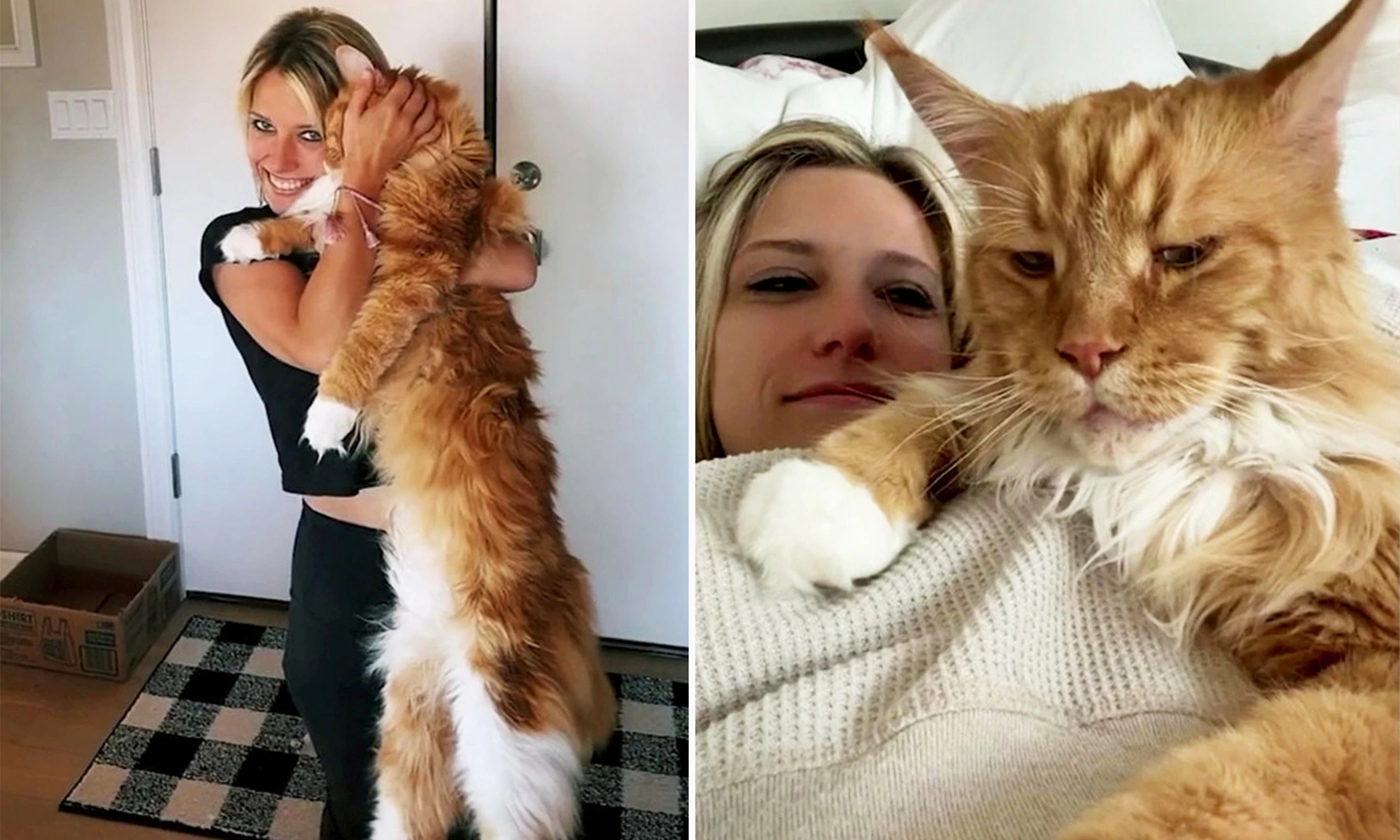 Source: Google Images
Source: Google Images
You might know that Maine coons are among the biggest, if not already the biggest type of house cat there is. When a Maine Coon cat enters the room, you can't help but be struck by their immense size and majestic presence. With their impressive physical proportions, regal appearance, and luxurious, shaggy fur, these felines are true eye-catchers.
Maine Coon cats are indeed renowned for their substantial size. On average, a fully grown Maine Coon will measure between 19 to 40 inches (48 to 101 cm) in length and stand at a height of 8 to 16 inches (20 to 40 cm). These are not your dainty, lightweight cats. In fact, the typical male Maine Coon tips the scales at a remarkable 15 to 25 pounds (6.8 to 11.3 kg)!
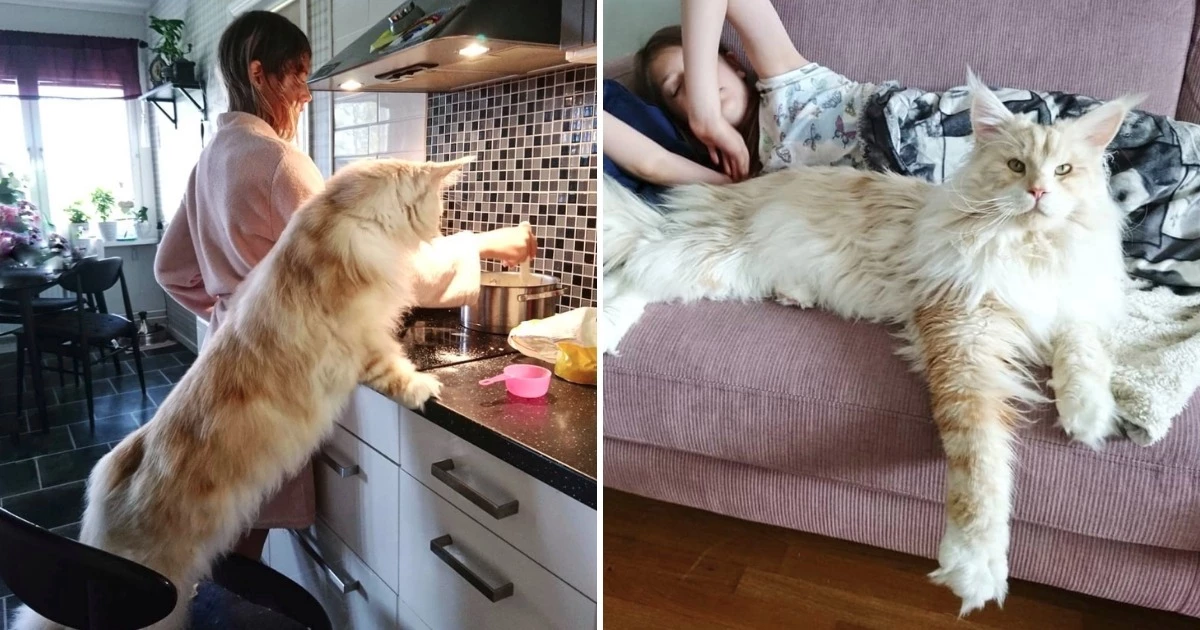 Source: Google Images
Source: Google Images
Length: 19 to 40 inches (48 to 101 cm)
Height: 8 to 16 inches (20 to 40 cm)
Weight (Male): 15 to 25 pounds (6.8 to 11.3 kg)
These incredible dimensions make Maine Coon cats one of the largest domesticated cat breeds in the world.
Compared to your typical house cat, the Maine Coon is on a whole different scale when it comes to size. While regular domestic cats generally have a height of around 9 to 10 inches and weigh about 8 to 10 pounds, Maine Coon cats stand out with twice those rookie numbers!
When Do Maine Coons Reach Their Full Potential Size?
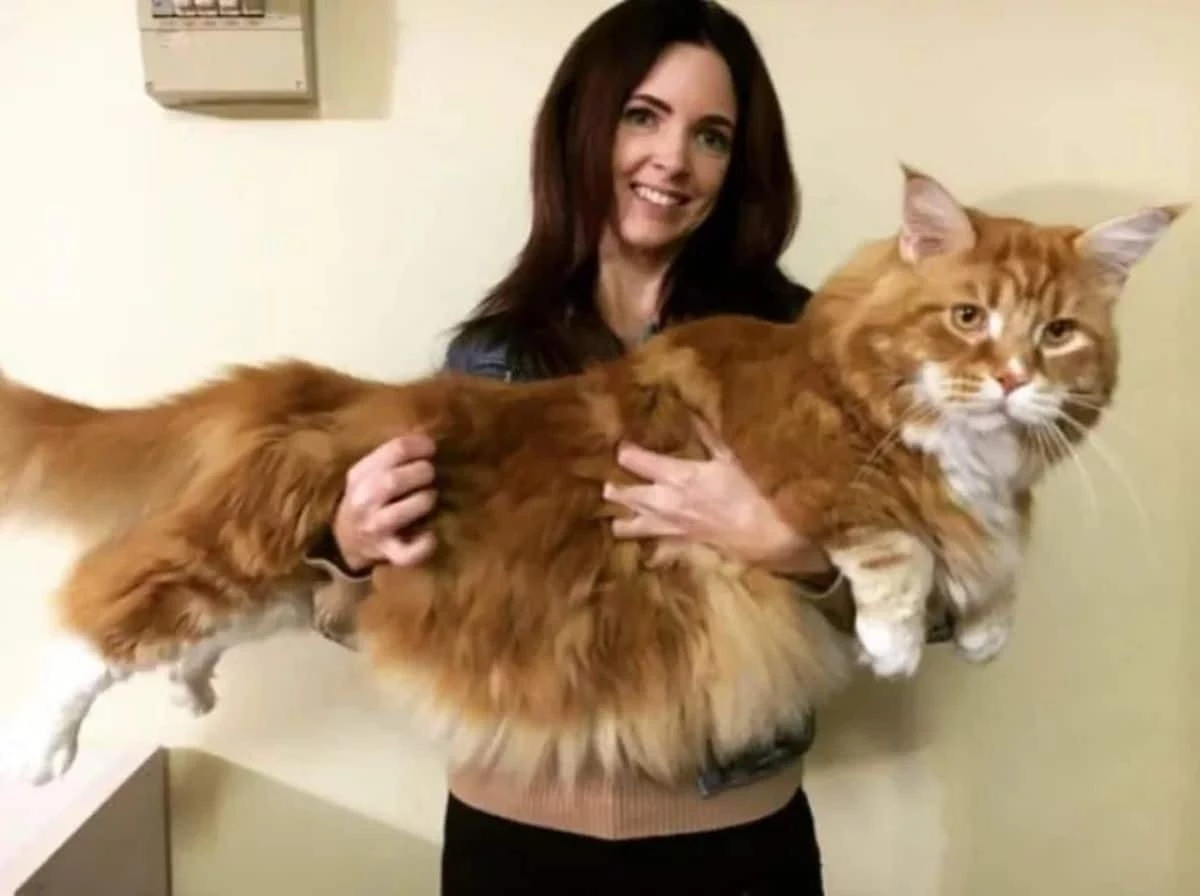 Source: Google Images
Source: Google Images
Now, let's dive into another fascinating aspect when we compare Maine Coon and regular cats: the time it takes for them to reach their full size.
Typically, your everyday house cats reach their full size by the time they hit 2 years of age. But when it comes to Maine Coon cats, it's a whole different story. These majestic felines won't attain their full size until they're between 3 to 5 years old. You might be wondering why this breed takes its sweet time to grow, but it's just part of what makes Maine Coons unique.
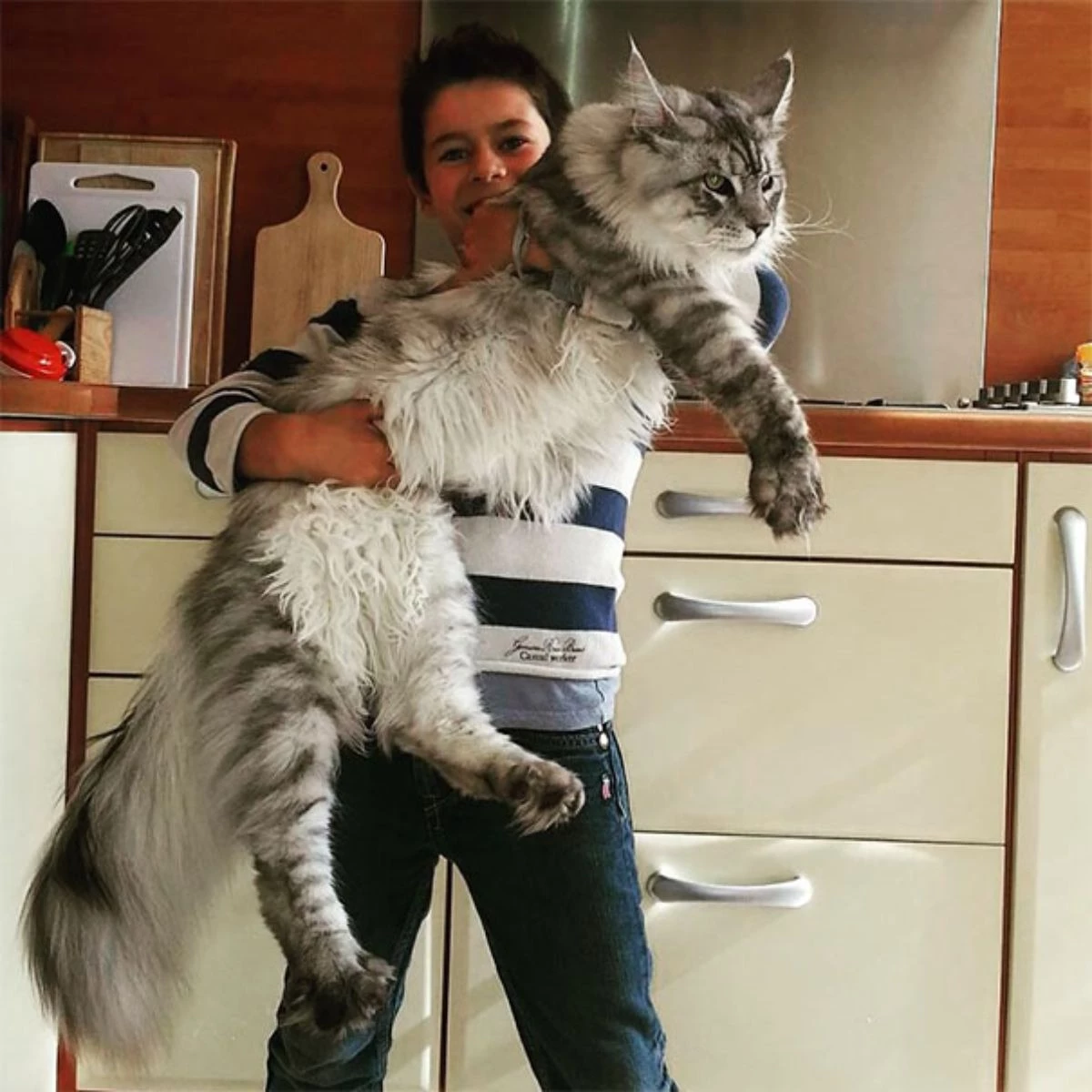 Source: Google Images
Source: Google Images
This longer growth period can sometimes leave Maine Coon owners feeling a bit perplexed. You see, many people get a Maine Coon kitten with expectations of it becoming the enormous cat they've heard about. However, at the age of 2, they find their cat is still relatively small. This can lead to some concerns.
Some cat parents start worrying they haven't been feeding their Maine Coon enough and, in response, might begin overfeeding. Unfortunately, this can lead to a different concern: obesity, which is something the Maine Coon breed is prone to. So, it's essential to be patient and understand the unique growth trajectory of these impressive cats.
Why Do Main Coons Get So Giant?
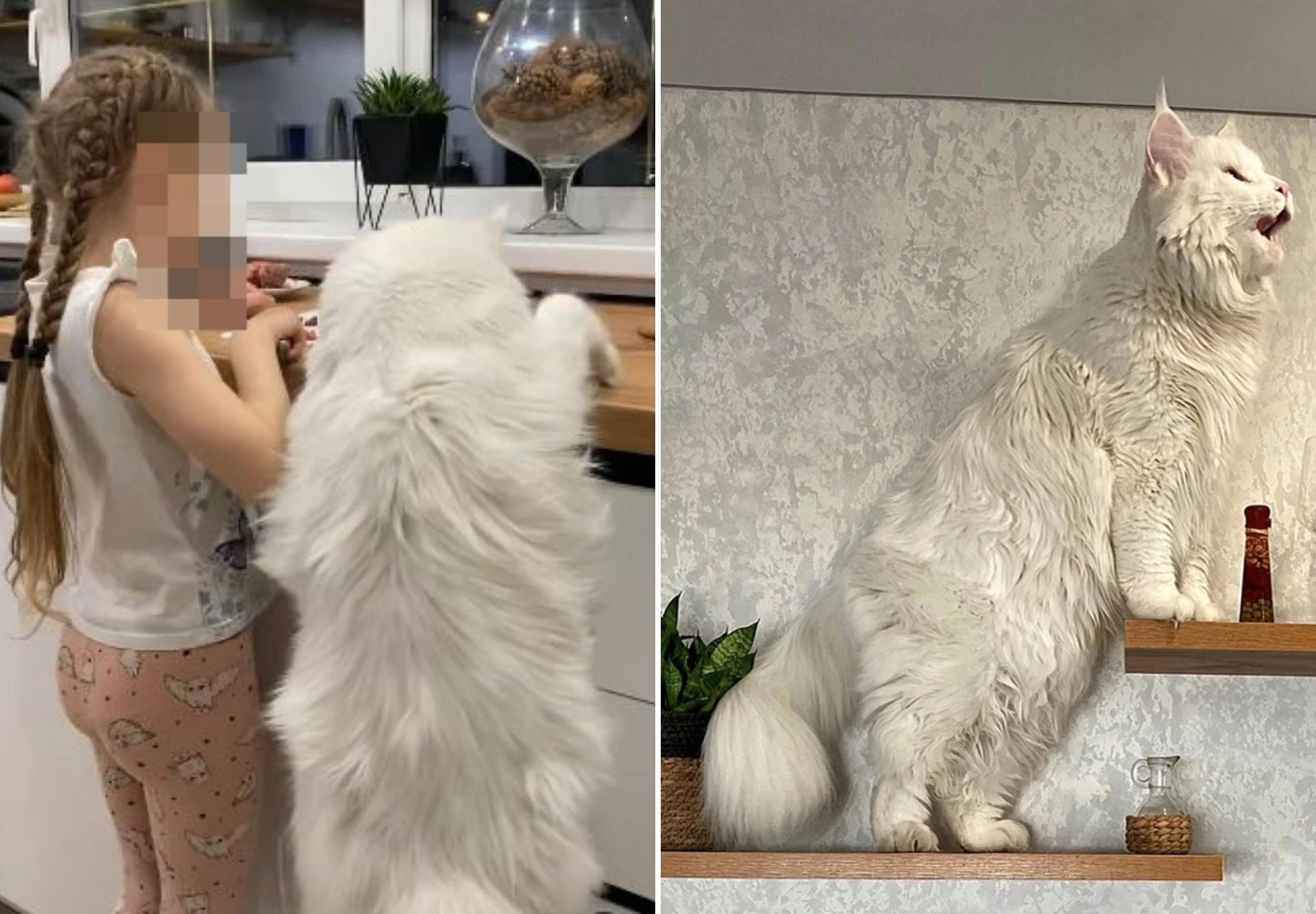 Source: Google Images
Source: Google Images
Giant’s Genetics
Maine Coon cats are renowned for their impressive size, and while there's no single factor that dictates their dimensions, genetics are a significant player in this feline equation.
Research has revealed that multiple genes influence the size of a Maine Coon. One of these is the Pkd1 gene, responsible for regulating kidney growth. While mutations in this gene can lead to kidney disease, they can also result in larger body sizes in Maine Coons.
Another influential gene is Mc1r, which governs coat color. Variations in this gene can impact the amount of melanin in a cat's coat and, in turn, influence their body size.
Besides genetics, other factors like diet, environment, and breeding practices play their roles in determining a Maine Coon's size. Breeders often select larger cats for mating, further perpetuating the presence of larger genes in the breed.
In sum, the Maine Coon's genetics are complex and multifactorial, but their large size undeniably has a genetic component.
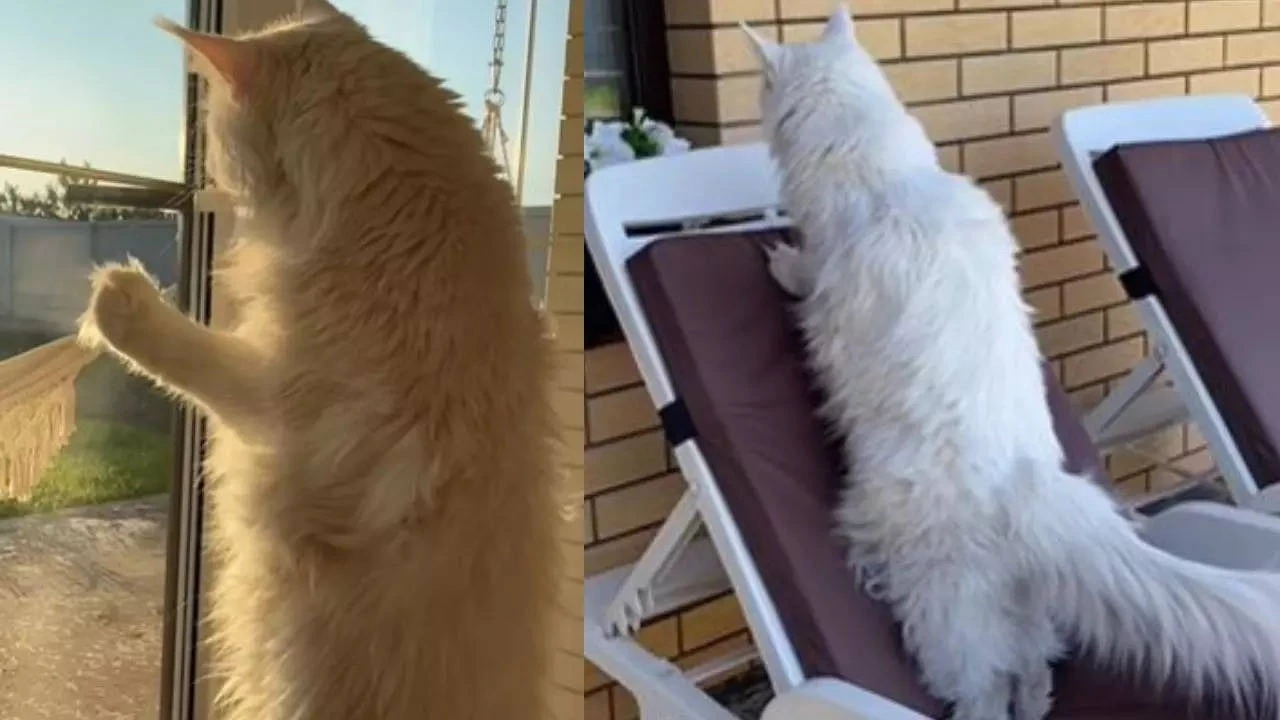 Source: Google Images
Source: Google Images
Diet and Environment:
Maine Coons' large size is not solely determined by genetics but is also influenced by their diet and environment. These majestic cats are natural hunters with high metabolisms, necessitating a diet rich in protein and fat.
In the wild, they'd typically feast on small prey high in protein and fat, like rodents and birds. As a result, their diet should consist primarily of animal-based protein and fat, avoiding fillers and grains.
Furthermore, Maine Coons are adapted to cold climates, and their substantial size helps them conserve heat. Their thick fur provides insulation, and their large paws act as snowshoes, allowing them to walk on snow without sinking.
In colder regions, these cats need more calories to maintain body temperature, requiring adjustments in their diet.
For Maine Coons to reach their full potential size, they should be fed a diet rich in animal-based protein and fat, engage in physical activity and play, and have access to a cold environment.
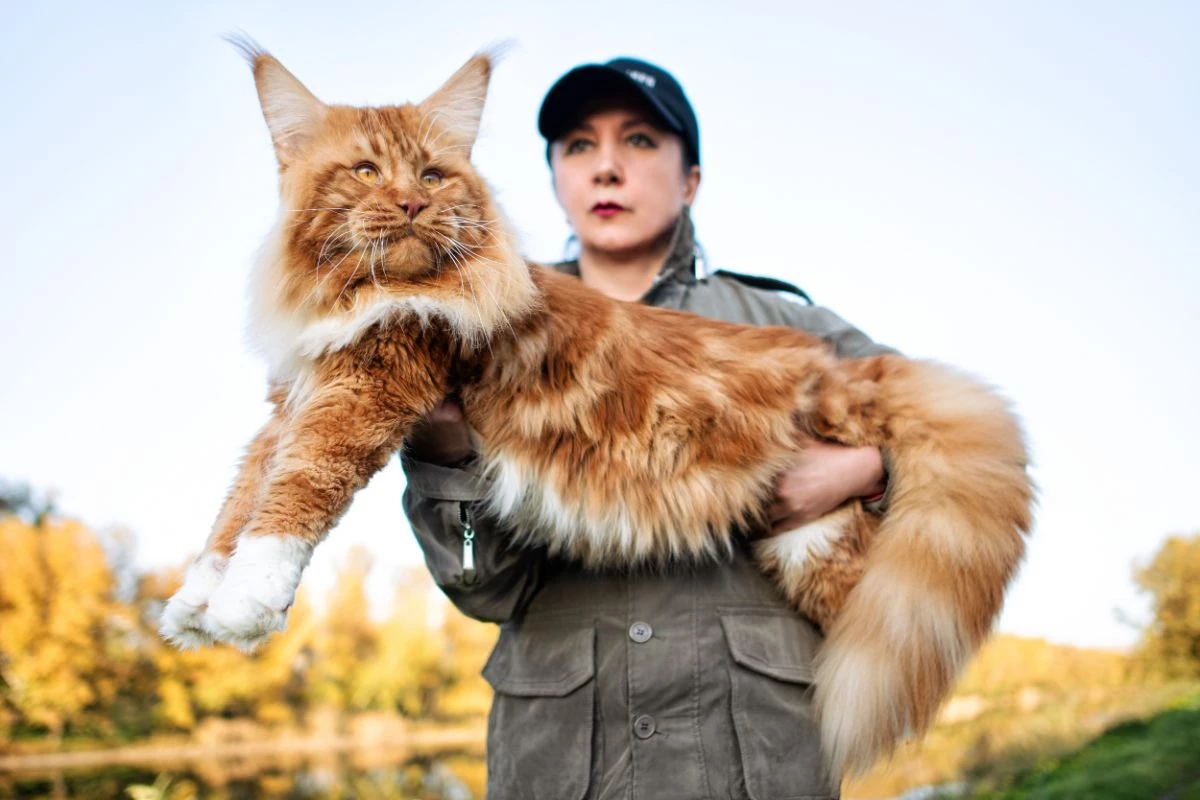 Source: Google Images
Source: Google Images
Evolutionary Advantage:
While the exact reason for the Maine Coon's substantial size remains a mystery, it's believed to be an evolutionary advantage that aided their survival in their natural habitat.
One theory posits that their large size enabled them to hunt larger prey, such as rodents and small game, which were abundant in their native New England environment. Their size gave them an edge over smaller predators, enhancing their efficiency in capturing and dispatching prey.
Another theory suggests that their impressive size helped them endure the harsh New England winters. With their thick, long fur and substantial bodies, they had effective insulation against the cold, allowing them to stay warm and conserve energy during the winter months.
Whatever the exact reason, the Maine Coon's remarkable size has undoubtedly proven advantageous in their natural environment, contributing to their survival and success as a breed.
Some Myths To Debunk About The Majestic Maine Coons
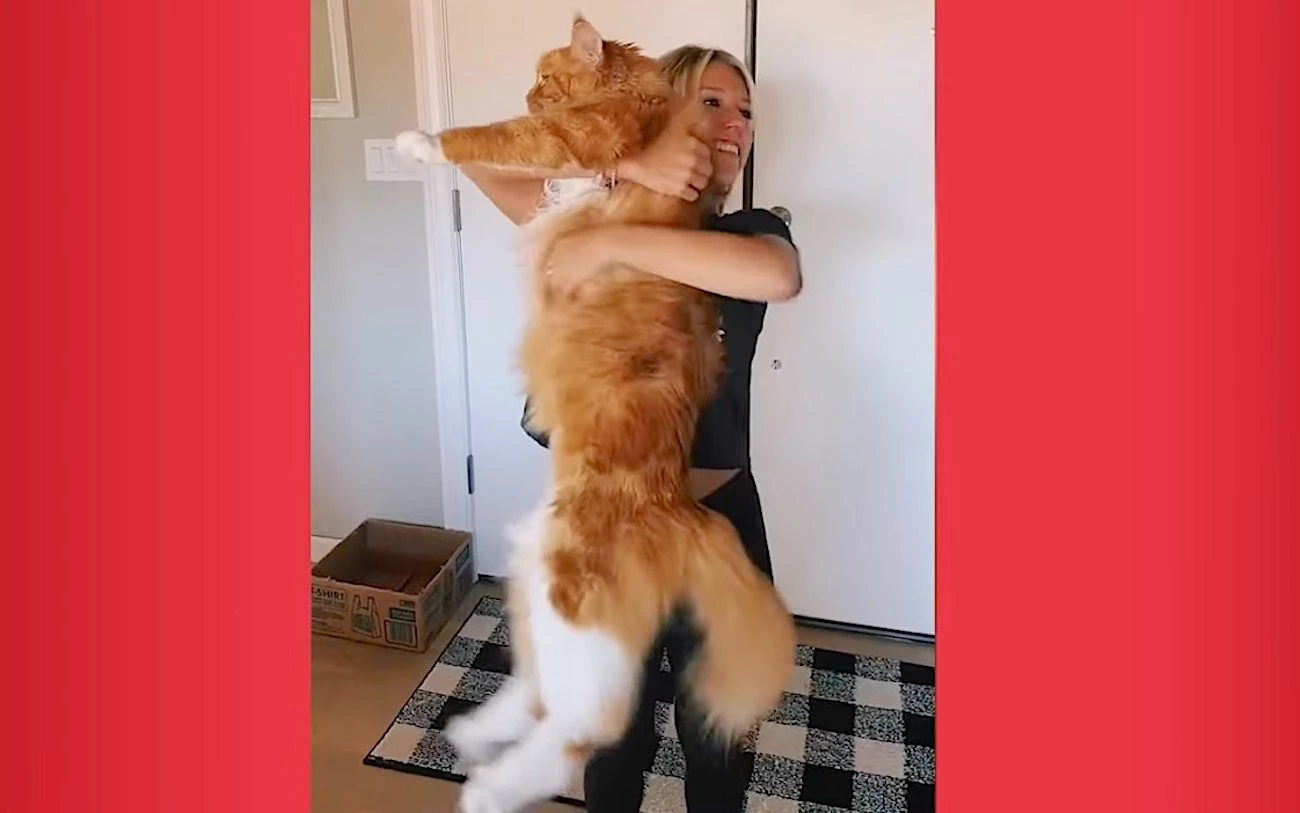 Source: Google Images
Source: Google Images
The Maine Coon cat breed is steeped in myths and folklore, making their history even more intriguing. Here are three myths that have been popular for centuries and are claimed to explain the Maine Coon's impressive size:
Maine Coons are part Raccoon: One longstanding myth suggests that Maine Coons are part raccoon due to their bushy tails and large size. However, genetics clearly show that Maine Coons are purely feline and not related to raccoons.
Descendents of Norwegian Forest Ship Cats: Another theory suggests that Maine Coons are descendants of Norwegian Forest Ship Cats, brought to the United States by Vikings. While both breeds share some physical traits, it's more likely that Maine Coons developed their characteristics independently in America.
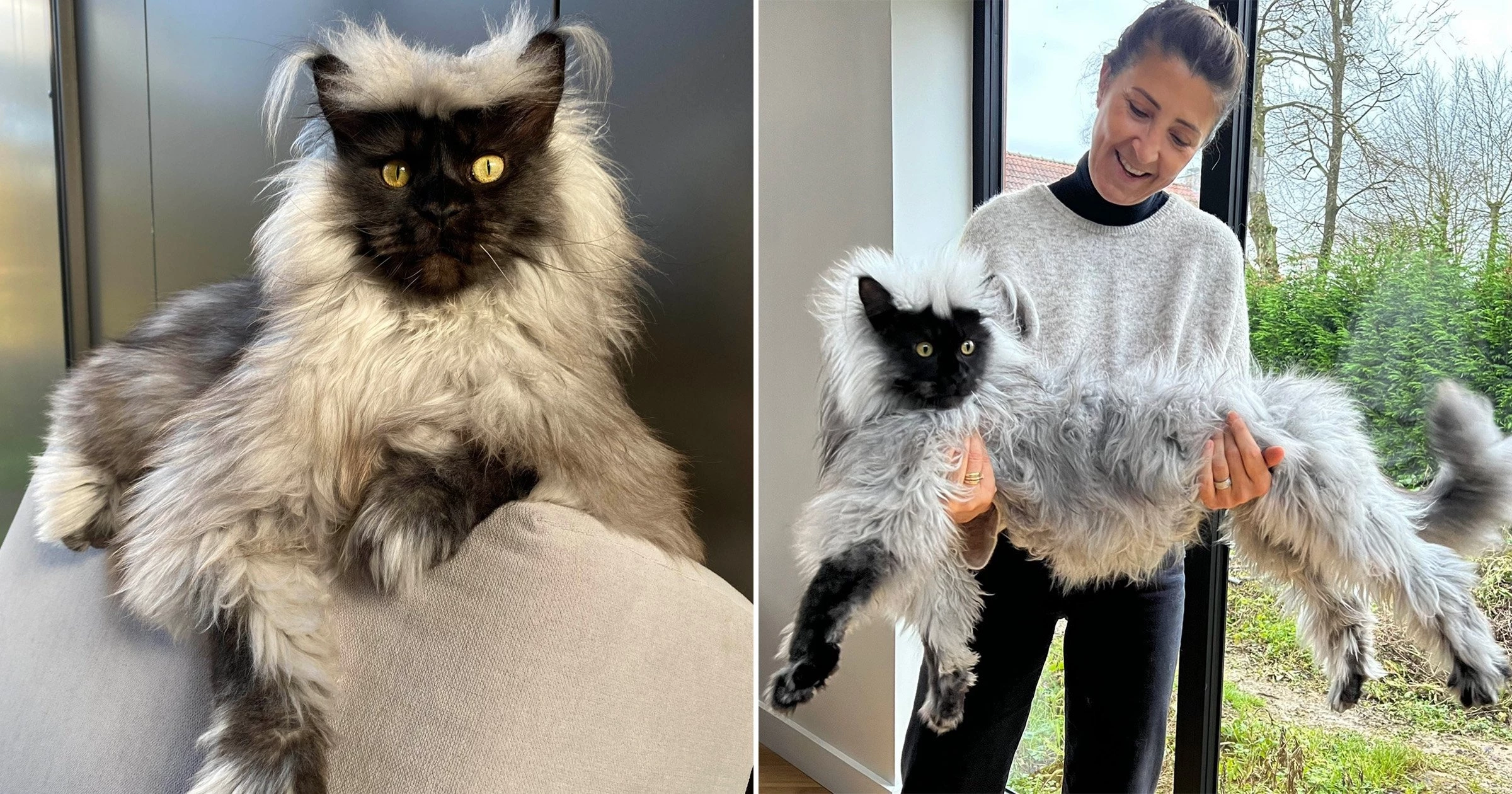 Source: Google Images
Source: Google Images
Maine Coons have a royal heritage, linked to Marie Antoinette: This myth proposes that Marie Antoinette attempted to escape France with her Turkish Angora cats.
According to legend, her cats found their way to Maine and interbred with domestic cats, giving rise to the Maine Coon breed. However, historical records indicate that the Maine Coon predates Marie Antoinette's time, debunking this tale.
While these myths add an air of mystique to the Maine Coon's history, genetics and historical records provide a more grounded explanation for their impressive size and characteristics.
To Recap: The Gentle Giant Maine Coon Cats
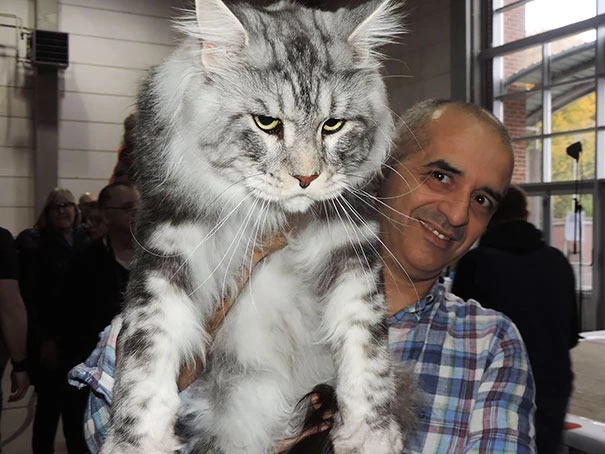 Source: Google Images
Source: Google Images
To recap, Maine coon cats boast immense physical and build thanks to their unique genetic markup, an advantageous environment for bigger species, and other environmental factors. While many believe that they are part raccoons or are related to noble species of cats, it’s important to realize that no scientific evidence supports such claims.
And while being huge in size, don’t forget Maine coons are still gentle giants of the house cats world with their cute, fluffy, and much dulce characteristics!